Have you ever had a cat rub their face against your skin? Did you notice that the nose was cold and wet? The truth of the matter is that a wet nose is common amongst most animals found in both the wild and in our homes. The cat is no exception. So why exactly do mammals, including our felids, have wet noses?
Understanding the biology behind why a cat’s nose is wet can be key for learning why these animals need these body parts to be moist in the first place.
The Biology Behind a Wet Nose
Many mammals have what is called the “rhinarium”, which is the skin surrounding the openings of the nostrils. More commonly, people refer to this as either the “tip of the snout” or the “nose leather”. The rhinarium is skinless and, in most scenarios, moist.
The moisture that is created by an animal’s nose is primarily through sweat glands located on the rhinarium. The drainage from the inferior tear duct also contributes to this wet exterior. Knowing the biology of the nose is essential to understanding why it can be wet.
Now that you know why a cat’s nose is wet, let’s discuss why it might be this way.
1. Aids in Regulating Body Temperature
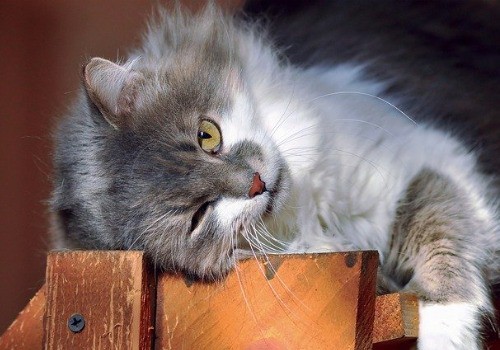
The way in which we, as humans, cool down on a hot day is through sweating. The body accomplishes this in two different ways. The first is through the skin is wet, which will then make the individual feel colder as a result. In addition, sweating allows the body to remove excess heat through evaporation. Cats cannot use this technique.
Unlike humans, cats do not have the ability to sweat all over their bodies. Instead, they only have sweat glands in their paws. When experiencing high levels of heat, they need to find different strategies to keep cool.
[amazon bestseller=”cat thermometer” items=”3″ template=”table”]
Sweating through your paws alone is not sufficient when becoming overheated. Due to this problem, cats have been able to use their noses to provide a solution. A wet nose creates evaporation, thus aiding in the regulation of body temperature. It only has a small role but helps the cat from becoming too hot.
2. Improves Sense of Smell
The human tongue holds approximately 9,000 taste buds. This vast amount allows people to decide what they want to eat based on their taste. When comparing the taste receptors between a cat and a human, the differences are stark.
A cat relies on their sense of smell to choose whether or not they want to eat what is in front of them. This is largely due to the fact that they only have 470 taste buds, 12 times fewer than that of a human. Without their noses, cats would fail to want to eat.
Predators generally rely upon their eyesight or sense of smell to stimulate their appetite. Cats, though lacking in taste receptors, use the smell of nearby food to become hungry. Without this adaptation, a cat would not eat. In fact, these animals will not eat when dealing with respiratory infections.
[amazon bestseller=”cat treats” items=”3″ template=”table”]
3. Environmental Reasons

Many use the moisture of their cat’s nose to tell if they are healthy. This is not always the best line of action. Environmental factors are always a factor when considering why his or her nose is wet.
During the summer months, your cat’s nose might be cold or wet due to the weather. With warmer temperatures, the air that is exhaled through the nose of your pet adds moisture that builds up on both the inside and outside regions. With an added layer of moisture, the nose might feel colder.
It is also important to consider that your cat’s nose can be extremely dry in the winter months. More extreme temperatures during this time can cause dryness and cracking.
4. Licking or Cleaning
Cats are known for their tendency to keep themselves clean. Did you know that they will typically spend most of their time grooming? According to Vet Street, an adult cat will spend anywhere from 15 to 50 percent of their time awake licking their fur. But how does this relate to a wet nose?
A cat that spends 50 percent of its time awake cleaning will undoubtedly get their nose wet. Saliva is quick to dry but does add a layer of moisture on top of a feline’s leathery nose. Therefore, it is safe to say that cleaning contributes to a part of a cat’s wet nose.
5. Runny Nose
A wet nose does not necessarily mean that your cat is healthy. In fact, many do not know that a nose that is wet, running or dripping can be a sign of an upper respiratory infection. Keeping an eye on your cat’s nose, even when you think it may be properly moistened, is a wise decision.
6. Water Bowl Theory

This theory is somewhat out of the ordinary and is not often thought of when considering the reasons as to why cats’ noses are wet. It involves the dunking of a cat’s mouth and nose. Curious as to what this means or how it relates? Most would be.
Water that is fresh and provided in a clean bowl is difficult for some cats. In these scenarios, they are unable to correctly judge the depth of the water. This results in your cat “dunking” their head to lap up water, hence making the cat’s nose wet.
7. Wet Versus Excessively Moist
It is possible for a cat to experience a nose that is too wet. Most owners associate a wet nose with a healthy animal. However, this is not the case, misleading cat lovers.
Red flags should be waved when your cat goes from having a wet, cold nose to one that is dry. What about a nose that is excessively wet? Cats that are experiencing illnesses such as an upper respiratory infection are likely to have a nasal discharge or even a dripping nose.
Why Does a Cat’s Nose Drip When Pet?
Those who love cats know that they show they’re content through various signs. These include the tail, whiskers and ears. A cat that has a dripping nose while being petted can actually mean that they are happy.
Scientists have linked this behavior to that of their litter life as a kitten. As a small infant, mothers take the necessary precautions to make their babies happy. This is also the case for your house cat. When purring starts, the cats start to drip from their noses because the mom would lick them as they purred.
What Does a Dry Nose Say About Your Cat?
Typically, if a cat has a nose that is both wet and cold, it means that they are not fighting any sort of infection. Just because it is preferred does not mean that a dry nose may mean something different entirely.
The nose of a cat will transition from wet to warm a few times a day. If you notice that your cat’s nose is dry it might be due to a variety of reasons. Animal Wised explains that these include dehydration and a sudden onset of an illness. As with any animal in a scary situation, it is always a good idea to ask your veterinarian.
Why Is There a Split on the Outside of the Nose?
When looking at the anatomy of an animal’s nose, it is fascinating and informative to know just how it works. The slits located on the underside of the animal’s nose aid in their sense of smell.
The front section of the nostril is designed for air to easily be breathed in. The slits on the sides are used for a different reason. When the animal exhales, air will flow out of the slits on the sides. This helps to identify where a scent is coming from.
Unique Nose Prints
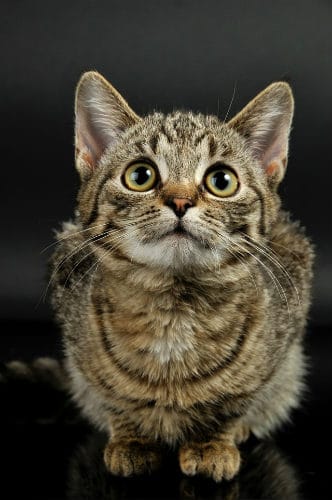
One of the ways in which humans tell each other apart is through their fingerprints. Cat paws are not distinctive enough to set them apart from other cats. This is where the nose comes into play.
It turns out that the pattern on every cat’s nose is different, just like snowflakes or human fingerprints. The bumps and ridges viewed on the rhinarium are unique solely to each individual. There has been a push for using “nose prints” as a form of identification for cats, but this seems problematic, as not every cat is cooperative. Especially when it comes to pressing their nose on an inkpad and then
The Coloration of a Cat’s Nose
Have you ever noticed that cats have different colored noses? Why exactly differentiates a black nose from a pink one? The truth of the matter is that the color of a cat’s nose is linked directly to the color of their skin. This means that a gray cat will have a gray nose, a black nose with a black coat, and so on. They can even change color when overly stressed.
Cats’ noses are wet and cold for a variety of reasons. It can be due to the excessive cleaning required daily, environmental changes, or perhaps even because they dunked their head in the water bowl. No matter the reason, it is important to keep an eye on how wet your cat’s nose is. If it becomes dry and does not go away, be on the safe side and ask a veterinarian for some medical advice. Overall, a cat’s nose is a unique fingerprint designed to aid in body temperature regulation and to tell them that they are hungry.
"In ancient times cats were worshipped as gods; they have not forgotten this."
-- Terry Pratchett

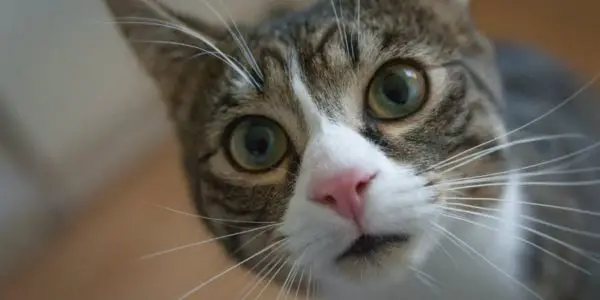

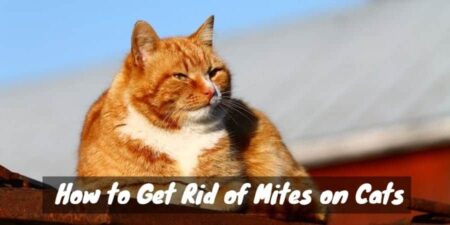

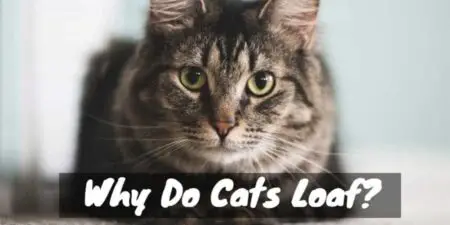
I have 5 cats i have 1that seems to always be sick with something . Watery eyes dry nose or something like that. This time she stopped eating ,diarrhea sleeping. You article was great thank you